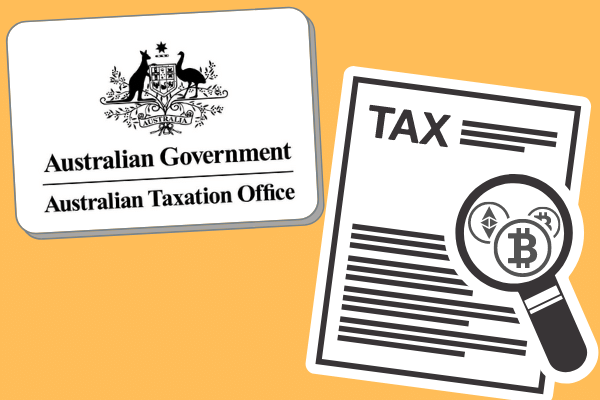
- At a press conference after the Fed’s latest policy meeting, U.S. Federal Reserve Chairman Jerome Powell noted that the central bank would be shifting away from specific guidance and reacting in accordance with the data on the ground.
- Regardless of how sanguine the outlook may be for some investors, it’s important not to be lulled into the same playbook of the recessions of the past two decades.
The U.S. Federal Reserve met market expectations with a 75-basis-point rate hike as policymakers head out for a well-deserved summer break that will at least take policy moves out of the list of factors that could roil already volatile markets until September.
Investors heaved a collective sigh of relief as Fed policymakers roughly stuck to a script of tightening and raising to face off against the fastest pace of inflation in the U.S. in over four decades, but markets cheered the prospect of flexibility to deal with a possible slowdown.
The latest Fed move puts benchmark lending within the range of 2.25% to 2.5%.
More importantly, at a press conference after the Fed’s latest policy meeting, U.S. Federal Reserve Chairman Jerome Powell noted that the central bank would be shifting away from specific guidance and reacting in accordance with the data on the ground.
“While another unusually large increase could be appropriate at our next meeting, that is a decision that will depend on the data. The labor market is extremely tight, and inflation is much too high.”
Investors will want to watch the inflation prints for July and August to discern what the Fed is likely to do at the September meeting, especially if price pressures continue to remain elevated and there is pressure to make up for lost time.
But economic data, especially inflation data, is a lagging indicator, and by the time the Fed convenes in September, it’s entirely possible that the actual inflation situation on the ground is markedly different than the one recorded in the previous months, risking policy excess.
Investors are betting that interest rates will peak around 3.3% by the end of this year, between 1% and 0.75% from where they are currently and factoring in a substantial hike in September, before some modest cuts in 2023.
While Powell noted that it wasn’t the intention of the Fed to push the economy into a recession, he noted that the priority at the moment was inflation and the central bank would need to go some way to achieving this goal.
Regardless of how sanguine the outlook may be for some investors, it’s important not to be lulled into the same playbook of the recessions of the past two decades.
In the past, the Fed had pivoted to easing, ready to catch the economy if it faltered, but the macro picture today is vastly different from the past two decades where inflation was low and often well below the Fed’s targets – the room for maneuvering may be a lot smaller.



